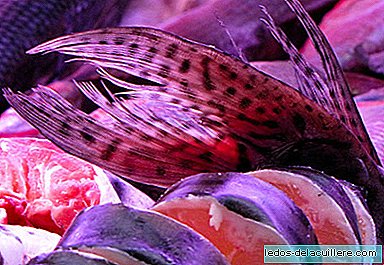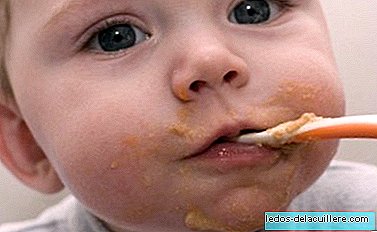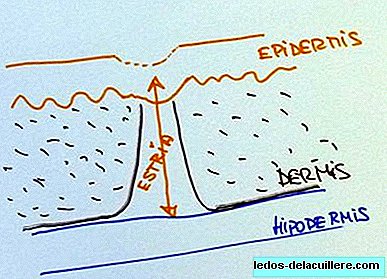
According to a comparative study among seventeen European countries carried out by Democophes and funded by the European Union, Spanish women remain the most polluted in Europe with levels of mercury six times higher than the European average.
This is a worrying fact since mercury is considered by the World Health Organization one of the ten chemicals that present more problems for public health. Babies, children and pregnant women are especially vulnerable groups to exposure to this metal that can seriously affect the development of the baby's neurological system from pregnancy. Already in 2011 a study alerted us that 64% of Spanish babies were born with excess mercury.
Why do Spaniards have higher levels of mercury than others?
Fundamentally for the amount of fish we eat and the high level of methylmercury, the organic form of mercury, present in it. Industrial and mining discharges that pollute our waters during the last decades have raised mercury levels in marine waters. Mercury is not biodegradable so it accumulates and its presence in the food chain is increasingly high.
Why is it especially dangerous for pregnant women?
The in-uterus fetus is especially vulnerable to the effects of mercury, a neurotoxic that can seriously affect its development. Mercury consumed by the mother easily crosses the placental barrier and the blood brain barrier acting detrimentally on the developing brain.
During breastfeeding you also have to take special care since methylmercury also easily passes into breast milk.
In addition, it takes several months for the body to eliminate mercury, so if you are trying to get pregnant you should also pay special attention.
How can it affect my child?
The biggest risk for babies and young children of this compound is that affects the development of your brain in formation and your nervous system. It can cause disorders of learning, memory, attention, language and the cognitive system in general. It could also affect your baby's eyesight and motor skills.
Some studies also suggest that it can affect the cardiovascular system and act as a carcinogen.
Should I stop eating fish during my pregnancy?
While mercury presents an undeniable risk, the benefits of consuming fish regularly during pregnancy and childhood advise against eliminating these foods from our diet.
Fish is one of the best natural sources of Omega-3 and other essential nutrients and vitamins that are also very important during pregnancy and childhood for the proper development of our child.
We must not stop taking fish but we must know what fish and in what quantities present less risks and more benefits for our health.
What types of fish are most contaminated?
As we have mentioned, mercury accumulates in the food chain based on the marine plankton that fish eat. If, in turn, these fish are eaten by other larger fish, the latter will have twice as much mercury in their system and thus the levels of mercury rise as the fish in question is higher in the food chain. In addition, being a substance difficult to remove from the body the more alive a fish, the more mercury it will have in its system. For the same, the largest predators are the most contaminated such as the shark.
Among the fish we usually eat the bluefin tuna, pike and swordfish or emperor have very high levels of mercury.
What alternatives do I have?
Our best alternative is to opt for small fish that are rich in Omega-3 and other fatty acids such as anchovies, anchovies or salmon.
He White fish It also has lower concentrations of mercury but the content of Omega-3 and other fatty acids is also poorer.
And how much fish should I give the children?
Children over one year should eat fish about two or three times a week. According to the recommendations of the Spanish Agency for Food Safety and Nutrition, Neither pregnant women nor children under three should take bluefin tuna, shark, swordfish or pike. For children between three and twelve years it is recommended not to exceed 50 grams per week of these fish.
To meet the needs of fatty acids and Omega-3, we should give our children blue fish at least once a week, opting for smaller species such as salmon or sardines.
The rest of the week we can give you white fish such as hake, sole or turbot.
To be sure of the contributions and risks of the fish we consume, there is a mobile application that allows us to keep track of the fish we eat, the contribution of Omega-3 and the amount of mercury we eat.
In any case it is important that we become aware of the risk of consuming certain types of fish so that Spanish women stop being the most contaminated by mercury in Europe.












